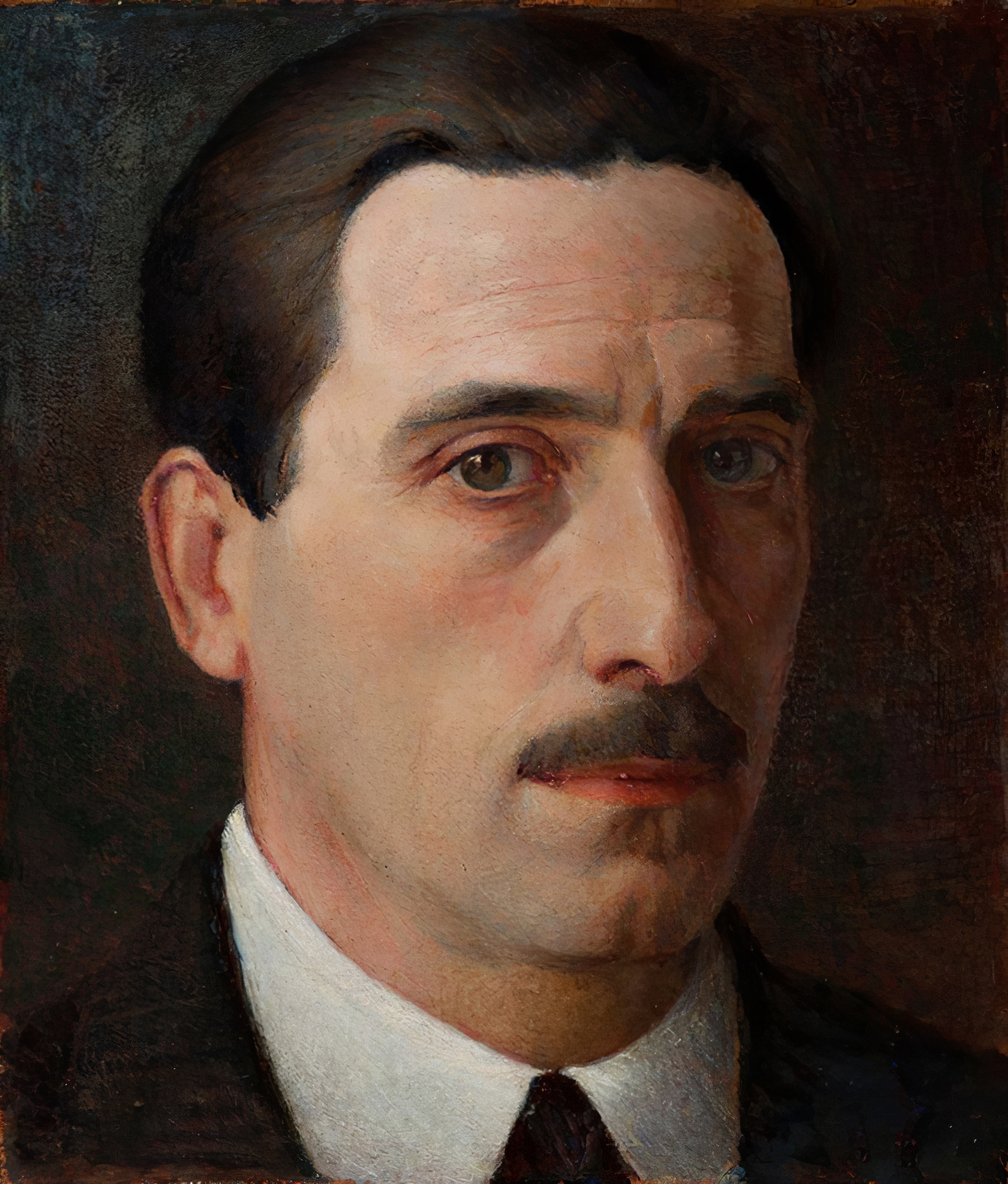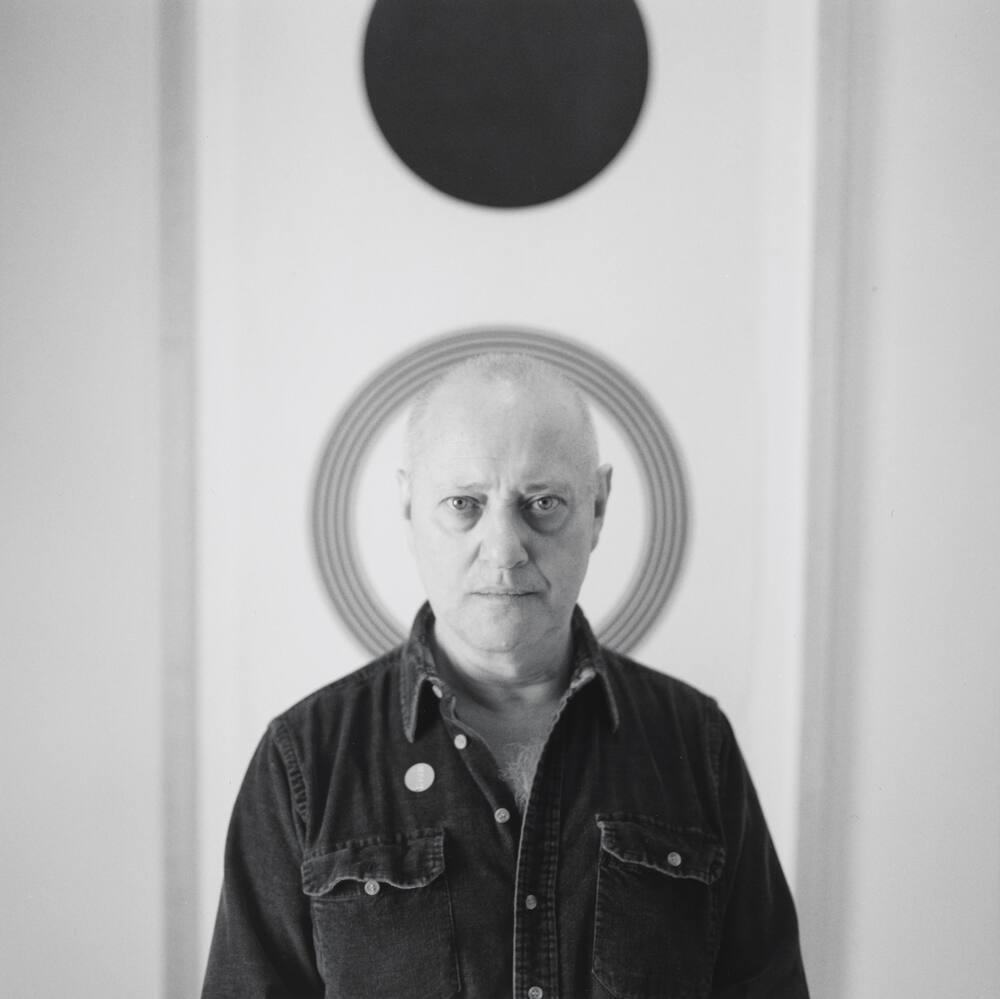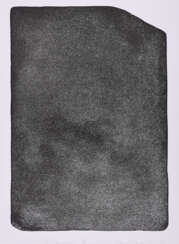rabin

Oscar Yakovlevich Rabin (Russian: Оскар Яковлевич Рабин) was a Soviet and French artist of the second half of the twentieth and early twenty-first centuries. He is known as a nonconformist painter, one of the founders of the unofficial art group "Lianozovo", the organizer of the famous "Bulldozer Exhibition".
Oscar Rabin created works using the surrounding life as a material, turning ordinary objects into symbols and reflecting in his work the influence of European Expressionism of the 1920s. His preferred genres were landscape, still life and interiors. The artist used perspective distortion and warping in his work, which created unique and impressive compositions.


Oscar Yakovlevich Rabin (Russian: Оскар Яковлевич Рабин) was a Soviet and French artist of the second half of the twentieth and early twenty-first centuries. He is known as a nonconformist painter, one of the founders of the unofficial art group "Lianozovo", the organizer of the famous "Bulldozer Exhibition".
Oscar Rabin created works using the surrounding life as a material, turning ordinary objects into symbols and reflecting in his work the influence of European Expressionism of the 1920s. His preferred genres were landscape, still life and interiors. The artist used perspective distortion and warping in his work, which created unique and impressive compositions.


Oscar Yakovlevich Rabin (Russian: Оскар Яковлевич Рабин) was a Soviet and French artist of the second half of the twentieth and early twenty-first centuries. He is known as a nonconformist painter, one of the founders of the unofficial art group "Lianozovo", the organizer of the famous "Bulldozer Exhibition".
Oscar Rabin created works using the surrounding life as a material, turning ordinary objects into symbols and reflecting in his work the influence of European Expressionism of the 1920s. His preferred genres were landscape, still life and interiors. The artist used perspective distortion and warping in his work, which created unique and impressive compositions.


Oscar Yakovlevich Rabin (Russian: Оскар Яковлевич Рабин) was a Soviet and French artist of the second half of the twentieth and early twenty-first centuries. He is known as a nonconformist painter, one of the founders of the unofficial art group "Lianozovo", the organizer of the famous "Bulldozer Exhibition".
Oscar Rabin created works using the surrounding life as a material, turning ordinary objects into symbols and reflecting in his work the influence of European Expressionism of the 1920s. His preferred genres were landscape, still life and interiors. The artist used perspective distortion and warping in his work, which created unique and impressive compositions.


François-Rupert Carabin was a French cabinetmaker, photographer and sculptor. His work was representative of the Art Nouveau style.


Rabindranath Tagore was a South Asian Bengali polymath who worked as a poet, writer, playwright, composer, philosopher, social reformer and painter. He reshaped Bengali literature and music as well as Indian art with Contextual Modernism in the late 19th and early 20th centuries. Author of the "profoundly sensitive, fresh and beautiful" poetry of Gitanjali, he became in 1913 the first non-European and the first lyricist to win the Nobel Prize in Literature. Tagore's poetic songs were viewed as spiritual and mercurial; however, his "elegant prose and magical poetry" remain largely unknown outside Bengal. He was a fellow of the Royal Asiatic Society. Referred to as "the Bard of Bengal", Tagore was known by sobriquets: Gurudev, Kobiguru, Biswakobi.


Rabindranath Tagore was a South Asian Bengali polymath who worked as a poet, writer, playwright, composer, philosopher, social reformer and painter. He reshaped Bengali literature and music as well as Indian art with Contextual Modernism in the late 19th and early 20th centuries. Author of the "profoundly sensitive, fresh and beautiful" poetry of Gitanjali, he became in 1913 the first non-European and the first lyricist to win the Nobel Prize in Literature. Tagore's poetic songs were viewed as spiritual and mercurial; however, his "elegant prose and magical poetry" remain largely unknown outside Bengal. He was a fellow of the Royal Asiatic Society. Referred to as "the Bard of Bengal", Tagore was known by sobriquets: Gurudev, Kobiguru, Biswakobi.


Angelo Barabino was an Italian painter, divisionist-symbolist, exponent of the social current, friend and pupil of Giuseppe Pellizza da Volpedo.
In Barabino's work we encounter realistic and symbolic instances applied to not infrequently social-oriented themes, always supported by a technical quality that was reworked on Pellizza with wholly original results.




Rabindranath Tagore was a South Asian Bengali polymath who worked as a poet, writer, playwright, composer, philosopher, social reformer and painter. He reshaped Bengali literature and music as well as Indian art with Contextual Modernism in the late 19th and early 20th centuries. Author of the "profoundly sensitive, fresh and beautiful" poetry of Gitanjali, he became in 1913 the first non-European and the first lyricist to win the Nobel Prize in Literature. Tagore's poetic songs were viewed as spiritual and mercurial; however, his "elegant prose and magical poetry" remain largely unknown outside Bengal. He was a fellow of the Royal Asiatic Society. Referred to as "the Bard of Bengal", Tagore was known by sobriquets: Gurudev, Kobiguru, Biswakobi.


Rabindranath Tagore was a South Asian Bengali polymath who worked as a poet, writer, playwright, composer, philosopher, social reformer and painter. He reshaped Bengali literature and music as well as Indian art with Contextual Modernism in the late 19th and early 20th centuries. Author of the "profoundly sensitive, fresh and beautiful" poetry of Gitanjali, he became in 1913 the first non-European and the first lyricist to win the Nobel Prize in Literature. Tagore's poetic songs were viewed as spiritual and mercurial; however, his "elegant prose and magical poetry" remain largely unknown outside Bengal. He was a fellow of the Royal Asiatic Society. Referred to as "the Bard of Bengal", Tagore was known by sobriquets: Gurudev, Kobiguru, Biswakobi.







































































